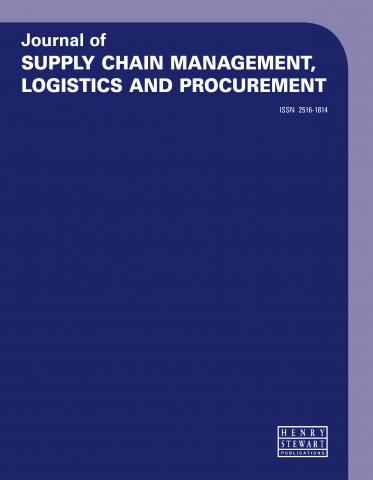"JDPP is a leading peer-reviewed journal that addresses the global concerns of data protection and privacy with cutting edge insights from the thought leaders in judiciary, industry and academia."
Navigating the US truckload capacity cycle: Where are freight rates headed and why?
Click the button below to download the full text of the article.
Abstract: The US truckload transportation market, like many markets, can be characterised as an ongoing rebalancing between supply and demand — or in this case, the number of trucks (and drivers) to haul goods and the demand for those trucks to meet current market demand. This creates a cycle that swings from relative capacity shortage, where there is more demand relative to supply which drives market rates higher, to relative capacity surplus, where there is more supply available relative to demand which drives rates lower. The term ‘relative’ is an important one as the simultaneous rate of change on both sides of the marketplace ultimately drives market rate activity.
But as this article will go on to describe, the simultaneous rates of change in supply and demand are rarely in a state of relative equilibrium. It is this dynamic that creates a recurring pricing cycle observed to display at least some level of consistency and can therefore be used to predict the future — but only if you understand the past and the present. In other words, the US truckload market operates as a machine with certain mechanical properties that tend to produce similar outputs given similar inputs. The real world is governed by economic and geopolitical uncertainty, shifting technology and regulatory landscapes, and human psychology that often drives irrational behaviour, so those mechanical properties and input signals can be exceedingly difficult to separate from the noise. However, with enough historical transaction data, market visibility, and insight, I propose that it can be done; the past can be used to predict the future with at least some level of directional certainty, so long as the fundamental structure of the marketplace remains intact.
KEYWORDS: transportation, logistics, freight rates, trucking, procurement, supply chain economics



